Procession escorts WW II veteran back to Charles City family

By Bob Steenson, bsteenson@charlescitypress.com
A long procession of more than 40 vehicles including Patriot Guard Riders on motorcycles and motorized tricycles – all displaying American flags of varying sizes – along with the Iowa State Patrol, area fire trucks, other law enforcement squad cars and other public safety vehicles, accompanied the hearse carrying the remains of World War II airman Second Lt. Max Dailey into Charles City on Friday afternoon.
Dailey’s remains were identified a year ago, 80 years after he was killed in the war, by matching DNA to living family members, including his nephew, Bill Mead of Charles City.
People waving flags lined many spots along the procession route from Clear Lake to Charles City Friday afternoon, starting with Nora Springs Fire Service vehicles parked on the Nora Springs overpass over the Avenue of the Saints.
Dailey’s remains were transported by hearse from Offutt Air Force Base in Omaha, where the remains were identified in a lab dedicated to that purpose, to Clear Lake, where the Patriot Guard and official vehicles joined the procession to Charles City.
Nearer Charles City, clusters of people waived and showed flags from their yards and parking lots along the route, coming in on Gilbert Street past the courthouse, turning up Main Street and proceeding to Hauser Weishaar Funeral Home, where a crowd was awaiting the procession.
Al Williams, ride captain for the Patriot Guards, said he was happy to see the people along the way.
“I think that means people care, you know?” he said.
“The reason we do this is to make people aware,” Williams said. “Too many people just take life for granted, and it’s not. This young man, 21 years old – he didn’t have a life. It’s because of guys like him we live the way we do. We’ve got this lifestyle because of them.”
Members of the Iowa Army National Guard accompanied the procession and were also ready to solemnly carry Dailey’s casket into the funeral home, which was open only to family members Friday afternoon.
Elaine Mead, Bill’s wife, who has done extensive research on Dailey, his military service and the process of identifying his remains, explained that the military is paying for the service. That includes providing a copy of what would have been Dailey’s dress uniform with his medals, laid out in his casket for viewing. Dailey’s actual remains are out of sight underneath.
A public visitation will be held from 9:30 to 11 a.m. Wednesday, June 12, at the First Congregational Church, followed by a public service at the church at 11 a.m., then another procession to Riverton Cemetery, 2474 Midway Road, southeast of Charles City, immediately after the service.
The public is again being encouraged to line the route and waive flags for the procession from the church to the cemetery, especially down South Grand Avenue heading out of the city.
The route will be down North Jackson Street to Clark Street, to Brantingham Street, to South Grand Avenue to the Avenue of the Saints.
Burial will be with full military honors provided by the Iowa Army National Guard, but organizers cautioned that there is little room for parking near the rural cemetery.
Dailey, an Army Air Corps navigator, was killed along with the rest of his crew when their B-24 bomber was shot down in 1943 while on a massive bombing raid from the air fields where they were stationed in Libya, to the oil refineries and storage facilities at Ploesti, Romania, which were a vital part of the Nazi war effort.
Dailey was one of 225 airmen who were killed during the raid, most of whose bodies remained unidentified and were buried as “unknown.” Although Dailey’s family was told he had been killed in action, they spent the rest of their lives knowing little about the details of his death or where he might be buried.
The remains of U.S. servicemen were moved from their graves in Romania to a U.S. cemetery in Belgium after the war.
In 2013, the Defense POW/MIA Accounting Agency (DPAA) created a lab at Offutt Air Force Base in Omaha, as well as one in Hawaii, to take advantage of advancements in DNA technology and other techniques to identify as many as possible of the 72,000 World War II soldiers whose remains are still unaccounted for, as well as missing persons from subsequent combat actions.
Bill Mead, who never knew his uncle because he was born after Dailey’s death, said soldiers’ remains were exhumed from the graves in Belgium and transported to the Omaha base in 2017, and he and other of Dailey’s nephews and a niece were contacted to provide DNA samples.
Dailey’s family learned in June 2023 that he had been identified, 80 years after his death.
According to officials at Offutt, they believe about half of the missing persons’ remains from World War II are recoverable, but they are in a race pitting increasingly sophisticated identification techniques against the deteriorating condition of buried remains.












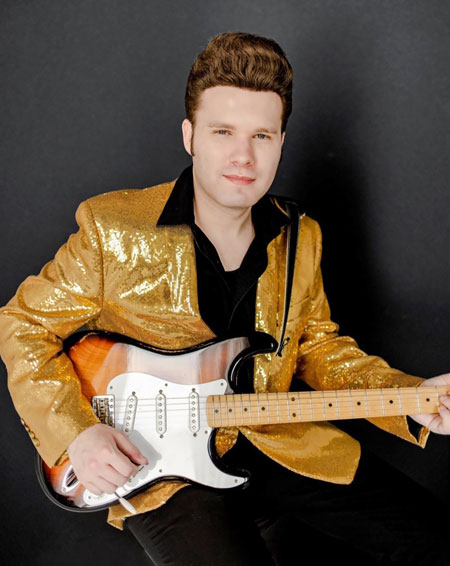
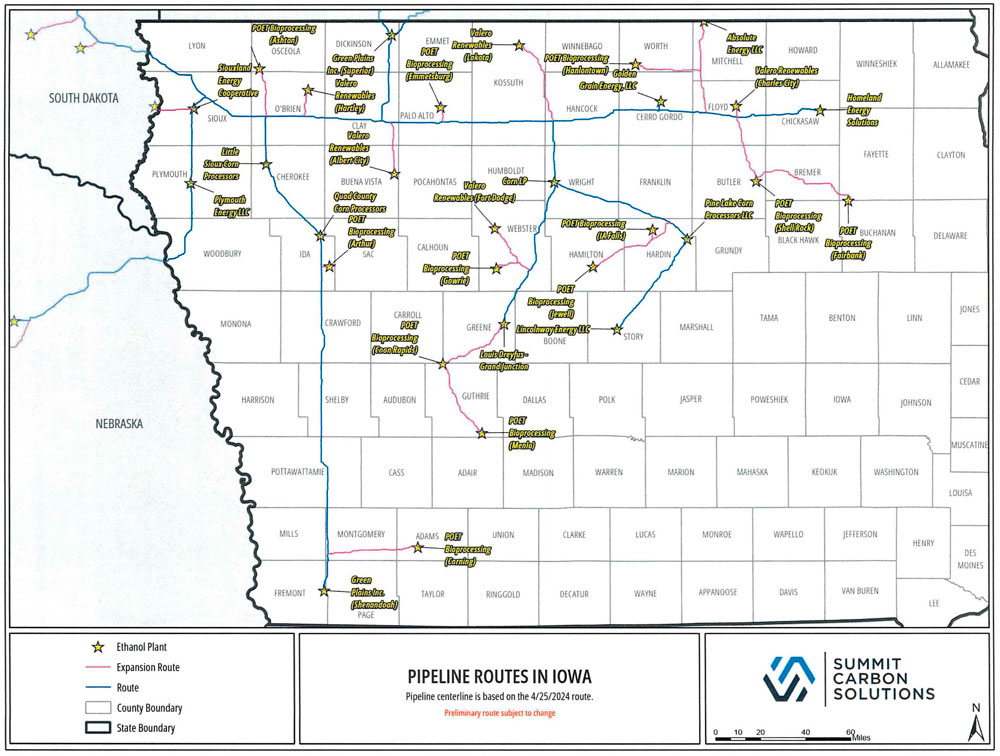
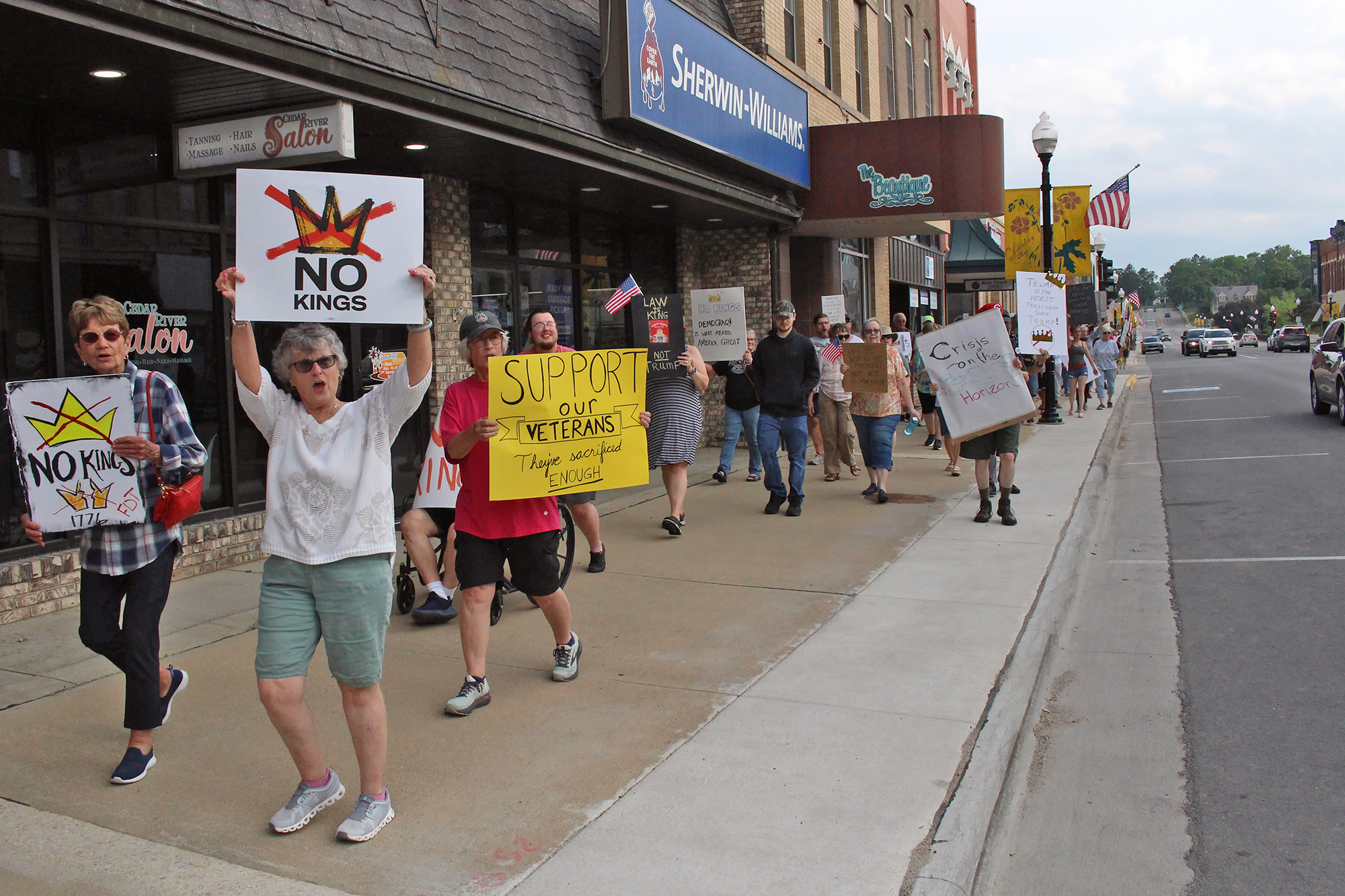
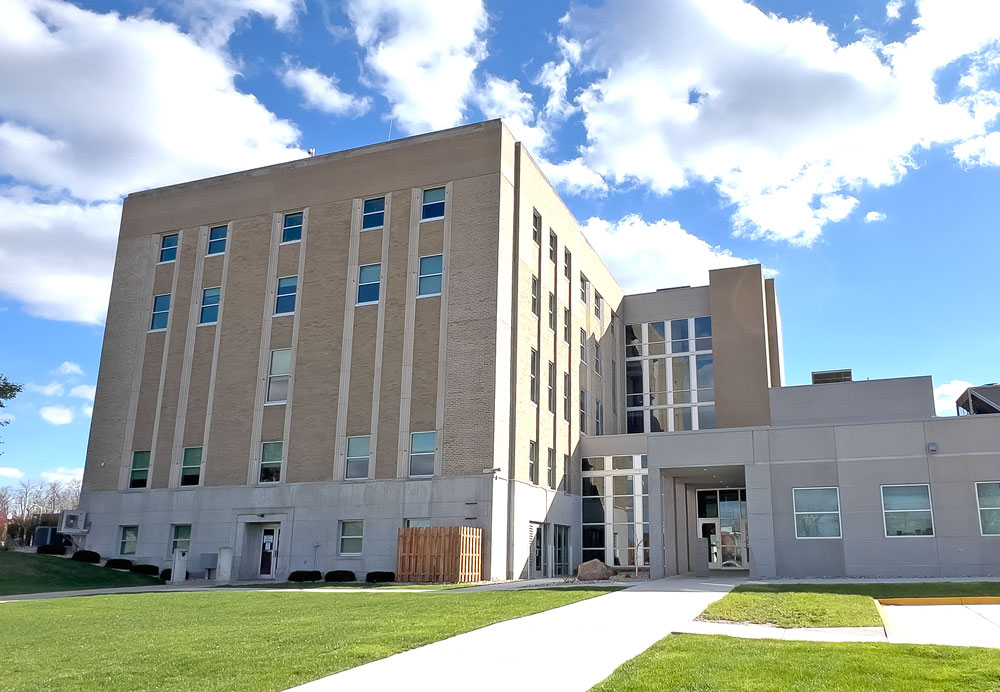
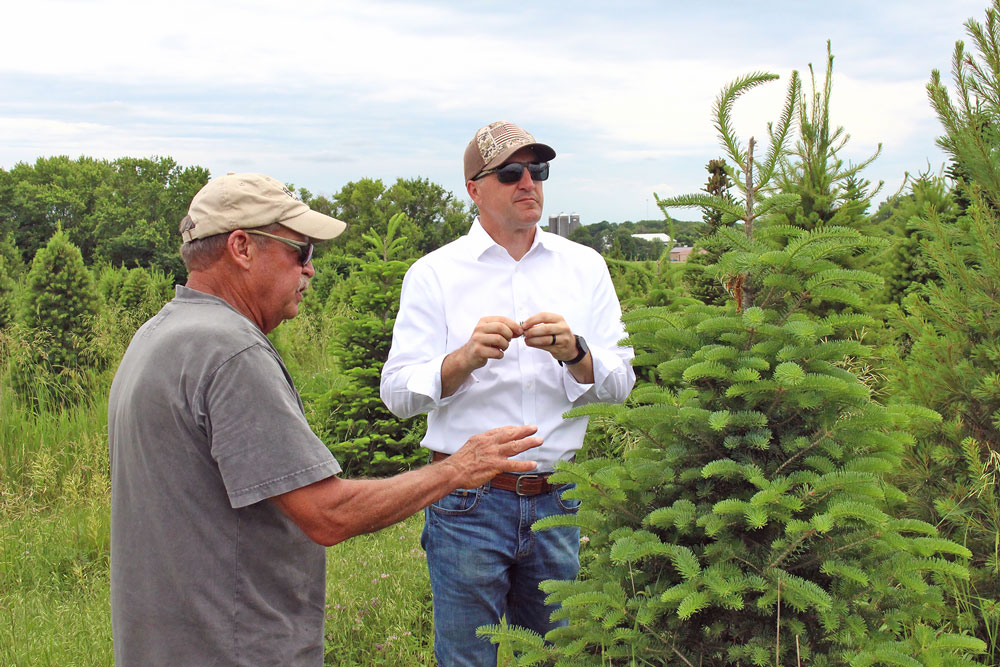
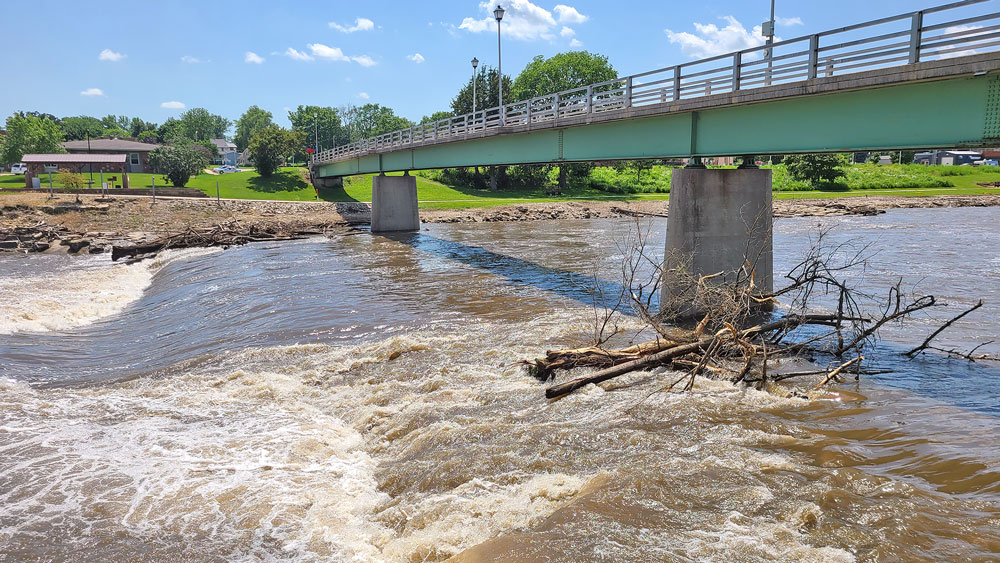


Social Share